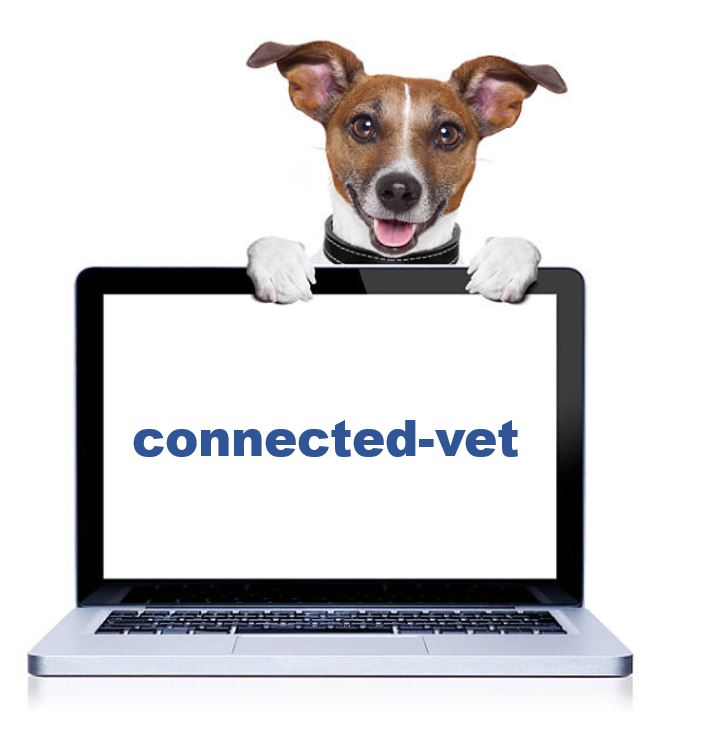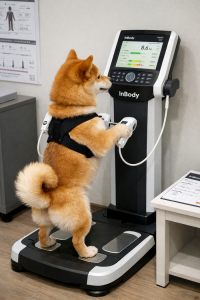August 1, 2025 | Kat Reardon DVM

The promise of artificial intelligence in veterinary medicine is exciting, but it also raises concerns among many veterinary professionals. Will AI create more work for them instead of reducing it? Can AI truly improve the client experience without compromising the high-skill, high-touch nature of veterinary care? AI cannot replace human expertise, but when used strategically, it can meaningfully enhance workflows without burdening staff with additional responsibilities.
Understanding AI’s limitations is crucial in determining how it should be integrated into clinics, not as a replacement for veterinarians and staff but as a tool that enhances their capabilities and reduces burnout.
Pet owners trust a veterinarian’s medical knowledge and ability to communicate, empathize and make complex decisions under uncertain conditions. Unlike AI, veterinarians can interpret subtle behavioral cues, navigate ethical dilemmas, and provide nuanced medical advice tailored to each patient and client. Physical examinations, surgical procedures and one-on-one client interactions demand skills that AI cannot replicate. While AI can streamline administrative and diagnostic processes, it does not replace the human element that makes veterinary care effective and compassionate.
By automating time-consuming tasks and enhancing efficiency, AI enables veterinary professionals to focus more on what truly matters: delivering high-quality care to patients and fostering strong client relationships.
Here are four ways artificial intelligence can have a tangible impact on veterinary practices:
1. AI-Powered Medical Scribing
One big challenge veterinarians face is striking a balance between medical documentation and patient care. Writing SOAP notes and exam findings is necessary for accurate recordkeeping but can be time-consuming and distracting during client interactions.
AI-driven scribing tools can document exams and conversations while the veterinarian remains fully engaged with the client and patient. The tools listen to the discussion, extract key medical details and generate structured SOAP notes, significantly reducing the time spent on paperwork.
At a clinic where I practice, integrating an AI-powered scribe has allowed veterinarians to maintain eye contact with clients, thoroughly assess patients and ensure that every detail is accurately captured, all without having to stay late to finish notes. The tool has led to improved client satisfaction, as pet owners feel heard and reassured that their concerns are addressed.
2. AI Record Summarization
Veterinarians often need to review multiple pages of patient history before an appointment, a potentially time-consuming task. AI-powered summarization tools can quickly scan and extract essential details, such as past diagnoses, medications and test results, allowing clinicians to enter the exam room well-informed and ready to provide better care.
Before using AI, I spent up to 20 minutes preparing for each complex appointment. I would read through emailed PDFs, handwritten referral notes and old records from multiple clinics. Now, with AI-summarized notes, I need about five minutes to review the key points. The summary gives me more time to think critically about the case before I walk into the exam room, and it keeps me from feeling rushed during my morning prep.
3. AI Call Summaries
Front desk teams handle a high volume of client calls, ranging from scheduling appointments to requesting medication refills. At my practice, we’ve found that AI-powered call summarization works similarly to some of the newer consumer tools, like Apple’s voicemail and message summaries. Only ours is more robust.
As calls come in, the AI transcribes the conversation and generates a concise summary that is automatically logged into the patient’s file. This step ensures that key points, such as medication concerns, questions for the doctor or changes to appointment times, aren’t lost or forgotten. It’s invaluable when a receptionist is juggling multiple calls or dealing with distractions. Instead of relying on hastily scribbled notes, we get clean, searchable summaries that save time, reduce errors and help us provide better service.
4. AI Case Copilots
Veterinarians encounter cases that require extensive research and differential diagnosis. AI case copilots can assist by analyzing medical records, flagging relevant symptoms and providing potential diagnostic considerations based on vast datasets. While AI does not replace clinical judgment, it can serve as a valuable tool to support decision-making and improve patient outcomes. This attribute frees up staff to focus on care and collaboration, helping clients receive diagnoses faster and with greater confidence.
AI tools also can improve the follow-through on client communication. For example, after an exam, AI can help draft personalized messages that summarize key findings, instructions and next steps. The messages can be sent automatically by email or text, ensuring that clients leave the appointment feeling informed and cared for and have clear guidance.
By automating this kind of post-visit communication, artificial intelligence not only improves the client experience but also reduces the burden on staff members, who might otherwise be responsible for sending those messages manually at the end of a busy shift.
What AI Can and Cannot Do
While artificial intelligence has the potential to enhance workflows significantly, we must approach its implementation with realistic expectations. AI is not a magical solution that will instantly resolve all inefficiencies or eliminate administrative tasks. Instead, we should view it as a supportive tool that complements human expertise rather than replaces it.
Here are a few other points:
- AI requires training and oversight: The tools are only as good as the data on which they are trained. Veterinarians and staff should be prepared to review AI-generated notes, summaries or recommendations to ensure accuracy.
- AI works best in specific applications: Tasks such as documentation, automation and information retrieval are ideal uses of artificial intelligence. However, diagnosis, treatment planning and client education still require a human touch.
- AI’s implementation should be gradual: Successfully integrating artificial intelligence into a veterinary practice takes time. Staff training, workflow adjustments and fine-tuned settings are necessary for seamless adoption.
- AI is a tool for a happier, more efficient practice: When implemented thoughtfully, artificial intelligence can improve the client experience and patient outcomes while making life easier for veterinary staff. By automating documentation, follow-ups and triage, AI helps reduce mental fatigue and decision overload.
- Veterinary medicine’s future isn’t about replacing human expertise with AI but about using artificial intelligence to empower the people behind the profession. With the right balance, AI can be a valuable ally in achieving the best possible outcomes for pets and the best experiences for their owners.
As we continue to refine AI’s role in veterinary medicine, we should covet solutions that enhance efficiency without sacrificing the human elements that make this profession so rewarding. AI can be a powerful tool for creating a happy, well-functioning practice, one in which clients feel supported, pets receive top-notch care, and veterinary teams work more effectively without added stress.
Source : https://todaysveterinarybusiness.com/veterinary-teams-ai-use/






